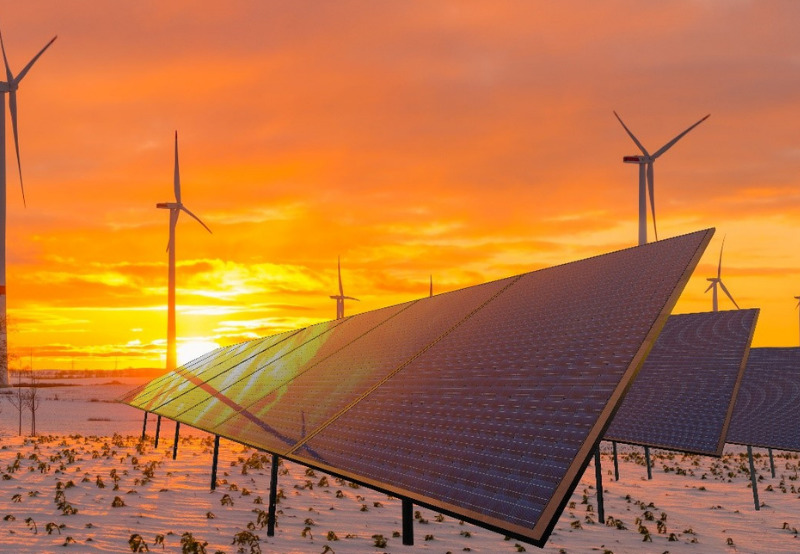Future of wind-solar hybrid systems in the Indian Renewable Energy market!

The Indian Renewable Energy market is rapidly growing, and one of the most promising areas of development is using wind-solar hybrid systems. These systems, which combine the benefits of both wind and solar energy, have the potential to play a significant role in meeting India’s growing energy demands while also reducing its dependence on fossil fuels. Only a few companies in India can bring these systems to the general market; one is AMP Energy India.
Advantages
One of the significant advantages of wind-solar hybrid systems is their ability to provide a more consistent and reliable energy source. Solar power is most abundant during the day, while wind power is typically most potent at night. By combining these two energy sources, a wind-solar hybrid system can provide a steady and reliable power source throughout the day and night.
Another benefit of wind-solar hybrid systems is their ability to optimise land use. Traditional wind and solar power systems require large amounts of land to be installed, which can be a significant challenge in densely populated areas like India. On the other hand, wind-solar hybrid systems make optimal usage of land and hence making them a more practical solution for many areas.
The Role of Wind-Solar Hybrid System in Achieving Net Zero Carbon Emissions in India
The Indian government has also recognised the potential of wind-solar hybrid systems and has set a target to achieve 30 GW of wind-solar hybrid power by 2030. The Ministry of New and Renewable Energy (MNRE) has provided various incentives and subsidies for developing wind-solar hybrid projects in India. The government is also facilitating the development of wind-solar hybrid projects by providing single-window clearance for multiple approvals and permissions required for these projects.
In the past few years, there has been an increasing trend of wind-solar hybrid projects in India. Many private companies and state-owned utilities have started developing these projects. For example, National Thermal Power Corporation (NTPC), plans to develop wind-solar hybrid projects with a total capacity of 1 GW. It will develop these projects in various states across India, including Gujarat, Andhra Pradesh, Tamil Nadu, and Maharashtra.
Other private companies like Amp Energy India is also developing wind-solar hybrid projects in India. It focuses on creating diverse projects in states with high potential for wind and solar power, such as Gujarat, Rajasthan, and Madhya Pradesh.
In addition to the efforts of private companies and state-owned utilities, various research and development organisations in India are also working to develop and improve wind-solar hybrid systems. For example, the Indian Institute of Technology (IIT) in Madras is developing a hybrid energy storage system for wind-solar hybrid projects. This system will be able to store excess energy generated by the wind and solar systems and release it when needed, making the overall system more efficient.
Conclusion
Wind-solar hybrid systems have a bright future in the Indian Renewable Energy market. These systems have the potential to provide a more consistent and reliable source of energy, optimise land use, and reduce dependence on fossil fuels. The Indian government also provides various incentives and subsidies for developing wind-solar hybrid projects. Private companies and state-owned utilities are actively developing these projects, such as AMP Energy India, one of the best solar companies in India. With the increasing trend of wind-solar hybrid projects in India, these systems will significantly meet India’s growth.

